Airport
The 10 Best Airports In The World In 2019 : Skytrax Awards
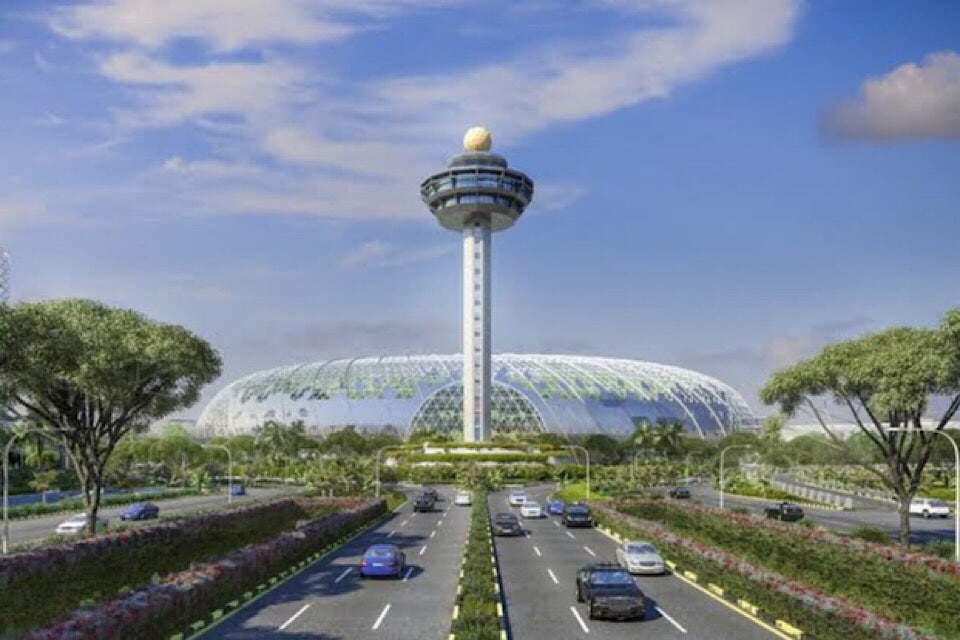
10. Zurich Airport
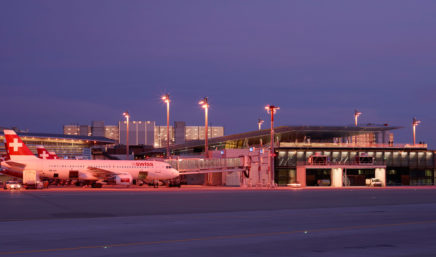
It is the largest international airport in Switzerland and is the hub airport for Swiss International Air Lines. Zurich Airport has three runways and three terminals. It offers scheduled and charter flights to 203 destinations in
67 countries around the world.
– 31.1 million passengers and 278.458 flights in 2018
– Important European hub with 28,4% connecting traffic
– An ideal gateway to Europe with efficient connections to 66 countries
– One of the largest European cargo airports with an annual capacity of 700.000 tonnes
– Diversified handling services
– Competitive airport charge structure.
It is also Ranked as “Best Airport in Europe” in the category “20-30 mio.
passengers” by World Airport Award (Skytrax)
09. Tokyo Narita
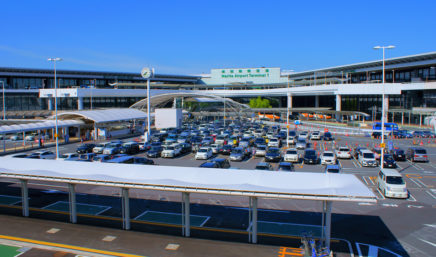
Tokyo Narita Airport is an international airport serving the Greater Tokyo Area of Japan. Narita serves as the international hub for Japan Airlines and All Nippon Airways. As of 2016, Narita was the second-busiest passenger airport in Japan. In 2017, Narita served 40,631,193 passengers, making it the 49th busiest airport in the world in terms of passenger traffic. Narita serves as the main international hub of Japan Airlines, All Nippon Airways, and Nippon Cargo Airlines
08. London Heathrow
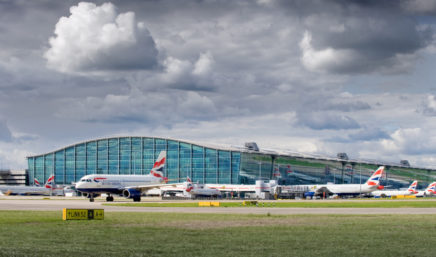
London Heathrow Airport is the busiest airport in the UK and busiest airport in Europe by passenger traffic
– Annual passengers: 78.0 million
– Daily average total number: 213,668 (51% arrivals / 49% departures)
– Busiest day ever recorded (passenger numbers): 30 June 2017 with 259,917
– Busiest year ever recorded (passenger numbers): 2017 with 78.0 million
Flights 2017
-Annual air transport movements: 474,033
-Daily average air transport movements: 1,299
07. Munich Airport

It is a major international airport near Munich, the capital of Bavaria. It is the second-busiest airport in Germany in terms of passenger traffic after Frankfurt Airport. It is the world’s 15th-busiest airport in terms of international passenger traffic and was the 38th-busiest airport worldwide in 2018. As of March 2018, the airport features flights to 266 destinations, making it the airport with the fifth-most destinations worldwide. Munich Airport serves as a hub for Lufthansa including Lufthansa Regional and its Star Alliance partners.
06. Centrair Nagoya
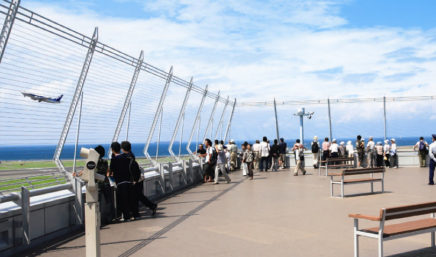
In 2014, 9.8 million passengers traveled through Central Japan International Airport in Nagoya, better known as Centrair. The airport has a large domestic traffic percentage, with a number of regional routes operated to Asiana cities such as Bangkok and Singapore. Longer haul routes include Helsinki, Frankfurt, Honolulu, and Detroit.
Chubu Centrair International Airport is the main gateway
to Nagoya and the Chubu region of Japan. Hosting domestic, regional and international passenger
and cargo services for over 20 airlines, the airport is a
domestic hub for ANA Airlines.2018: For 4 consecutive years, Chubu International
Airport won “The World’s Best Regional Airport”
award (Skytrax)
05. Hong Kong Airport
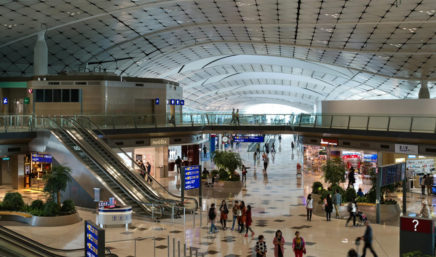
It is Connecting to over 220 destinations worldwide by over 120 airlines. More than 74.7 million passengers handled and 5.1 million tonnes of cargo and air mail moved in 2018. with 2 runways in operation handled 427,725 air traffic
movements in 2018. Hong Kong International Airport serves over 100 airlines operating flights to about 180 locations worldwide, including 44 destinations on the Chinese Mainland. It is former, multiple winners of the Airport of the Year title at the World Airport Awards.
04. Doha Hamad
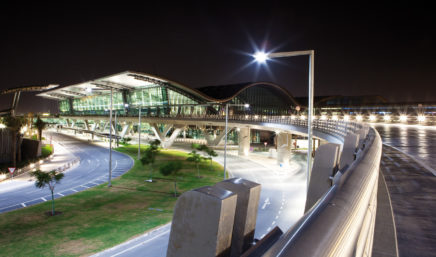
Hamad International Airport is the international airport for Doha, the capital city of Qatar. The existing terminal can accommodate up to 30 million passengers annually and has been described as the most architecturally significant terminal complex in the world, as well as being the most luxurious.
03. Seoul Incheon airport
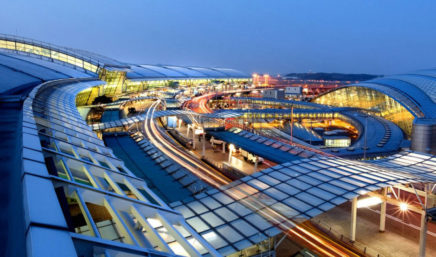
Incheon International Airport is the largest airport in
South Korea and one of the largest airports in the world. The airport holds a record of being ranked the Best Airport Worldwide for 11 consecutive years by the Airports Council International (ACI)’s Airport Service Quality Award from 2005 to 2016. Incheon International Airport’s terminal has 111 boarding gates altogether, with 44 in Terminal 1, 30 in Concourse A (connected to terminal 1), and 37 in Terminal 2.
02.Tokyo Haneda
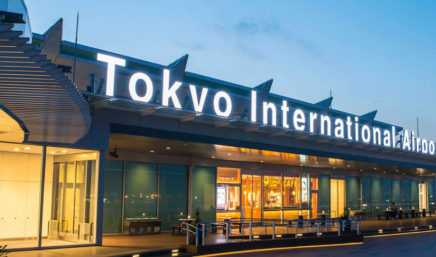
It is one of the two primary airports that serve the Greater Tokyo Area and is the primary base of Japan’s two major domestic airlines. Haneda handled 85,408,975 passengers in 2017; by passenger throughput, it was the third-busiest
an airport in Asia and the fourth-busiest in the world. It is able to handle 90 million passengers per year following its
expansion in 2010. With Haneda and Narita combined Tokyo has the third-busiest city airport system in the world.
01.Singapore Changi
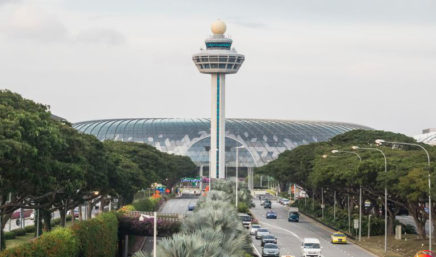
Singapore Changi Airport connects customers to over 200 destinations worldwide, with 5000 arrivals and departures a week by 80 international airlines. In 2017, Changi Airport celebrated a key milestone, serving 60 million passengers from close to 100 countries around the world.
One of the largest transportation hubs in Southeast Asia. It is currently rated the World’s Best Airport by Skytrax. The airport saw a record of 65.6 million passenger movements in 2018
– beating 2017’s record of 60 million passengers with a 5.5 percent increase. As of 1 March 2019, Changi Airport serves more than 100 airlines flying to 400 cities in around 100 countries and territories worldwide.

Airport
Western Sydney Airport Welcomes Its First Plane After 6 Years of construction

In a historic milestone for Australia’s aviation sector, the first plane has officially taken off and landed at Western Sydney Airport after six years of construction, much to the delight of a small but enthusiastic group of dedicated planespotters.
A test pilot made the inaugural landing using a Piper PA-30 Twin Comanche, successfully completing a series of take-off and landing runs on the newly built tarmac. This crucial test paves the way for larger passenger aircraft, which are expected to start using the runway in two years.
Virgin Atlantic Introduces Sign Language Crew Booking for Inclusive Flights
The Piper PA-30 was employed to assess the airport’s approximately 3,000 Aeronautical Ground Lights (AGLs) by executing operations in various conditions, including daylight, dusk, and evening. This testing ensures that the lighting system is fit for purpose and ready to welcome aircraft when the airport opens to commercial flights in late 2026.
The pilot also highlighted that the rapid exit taxiways have been designed at a 45-degree angle, allowing for quicker transitions on and off the runway. Once operational, the airport will feature a single runway capable of handling up to 10 million passengers annually right from day one.
Qatar Airways Launches new Flights From Doha To Toronto
As the construction phase nears completion, the airport’s main terminal, apron, and supporting infrastructure will be ready to accommodate around 81,000 flights each year. This milestone marks a significant moment for Western Sydney Airport, the first new airport to open in Australia since Melbourne’s Tullamarine Airport more than two decades ago.
Major airlines, including Qantas and Jetstar, have already committed to operating from the 24/7 facility, signaling strong support for this new hub. By 2033, the airport aims to handle up to 10 million passengers and facilitate extensive air traffic movements annually.
-

 Aviation2 months ago
Aviation2 months agoMicrosoft Flight Simulator Raises $3 Million to Bring Back the An-225 Mriya
-

 Airlines2 months ago
Airlines2 months agoQatar Citizens Can Travel to the United States Without a Visa
-

 Aviation2 months ago
Aviation2 months agoQatar Airways bans these new Electronic Devices on plane
-

 Airlines2 months ago
Airlines2 months agoJapan Airlines Rolls Out Free Domestic Flights to International Passengers
-

 Defence2 months ago
Defence2 months agoWhich Country Has the Largest Fleet of Fighter Aircraft?
-

 Airport2 months ago
Airport2 months agoWestern Sydney Airport Welcomes Its First Plane After 6 Years of construction
-

 Travel2 months ago
Travel2 months agoQatar Airways Launches Four Additional Flights from Amsterdam
-

 Aviation2 months ago
Aviation2 months agoDid you know ? Once Boeing 747 carried 1088 passenger in 1991








